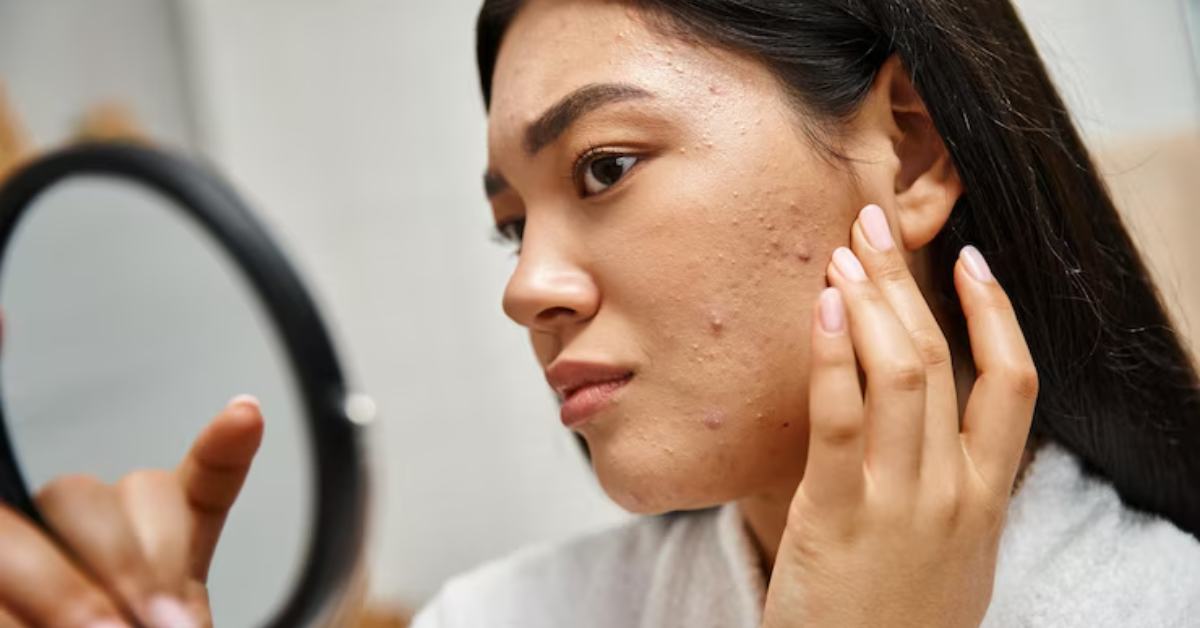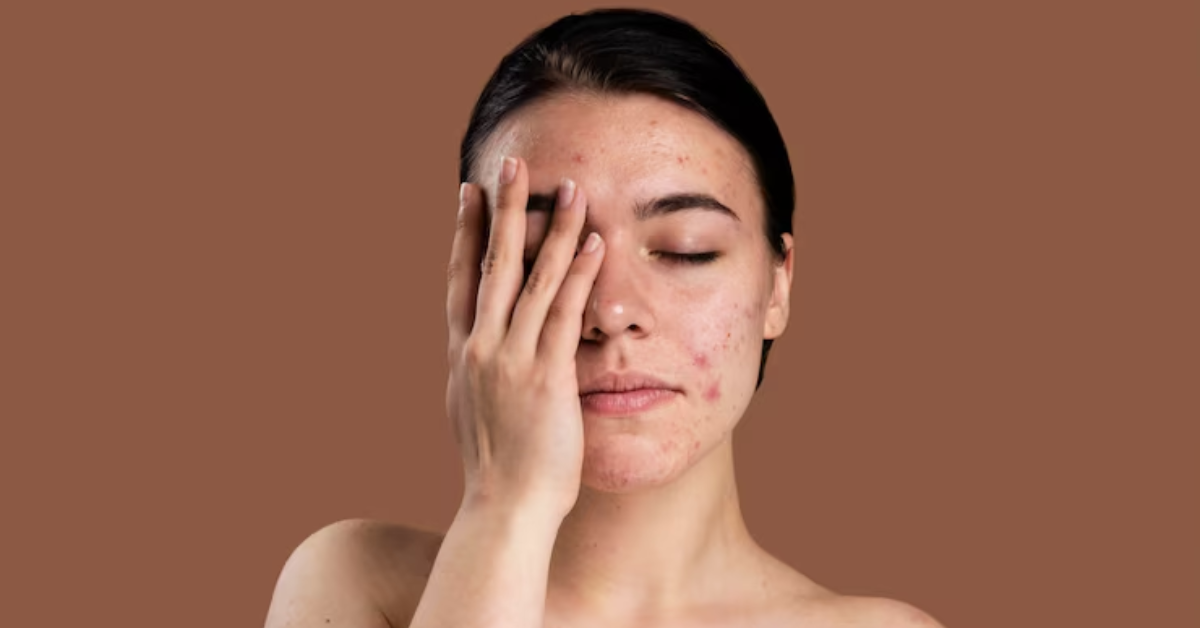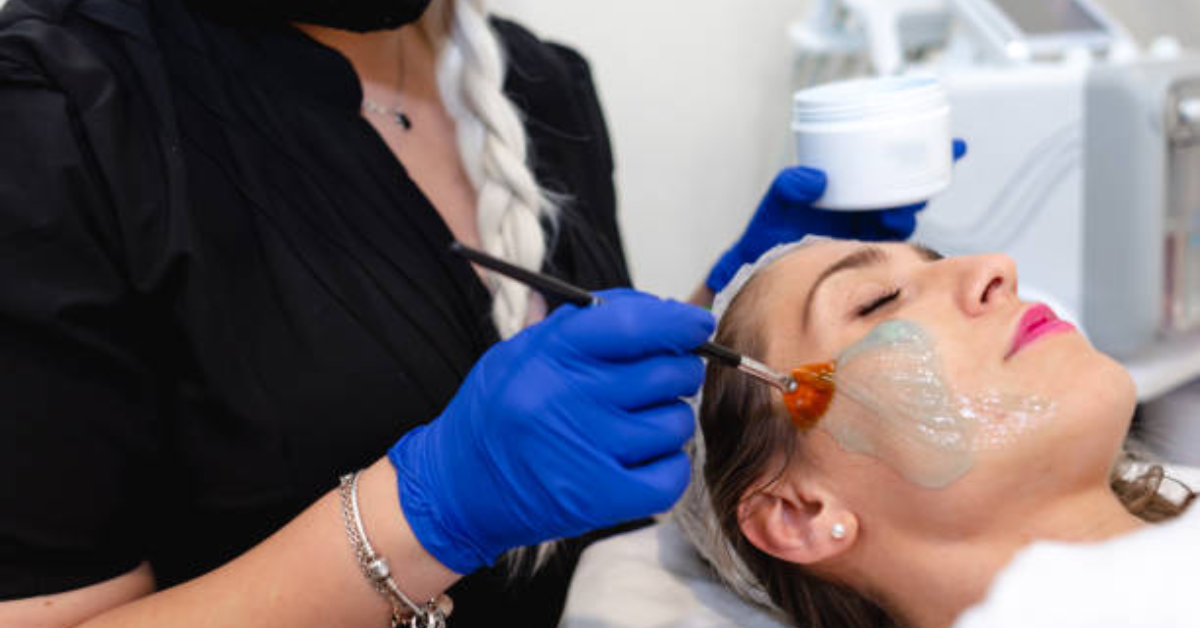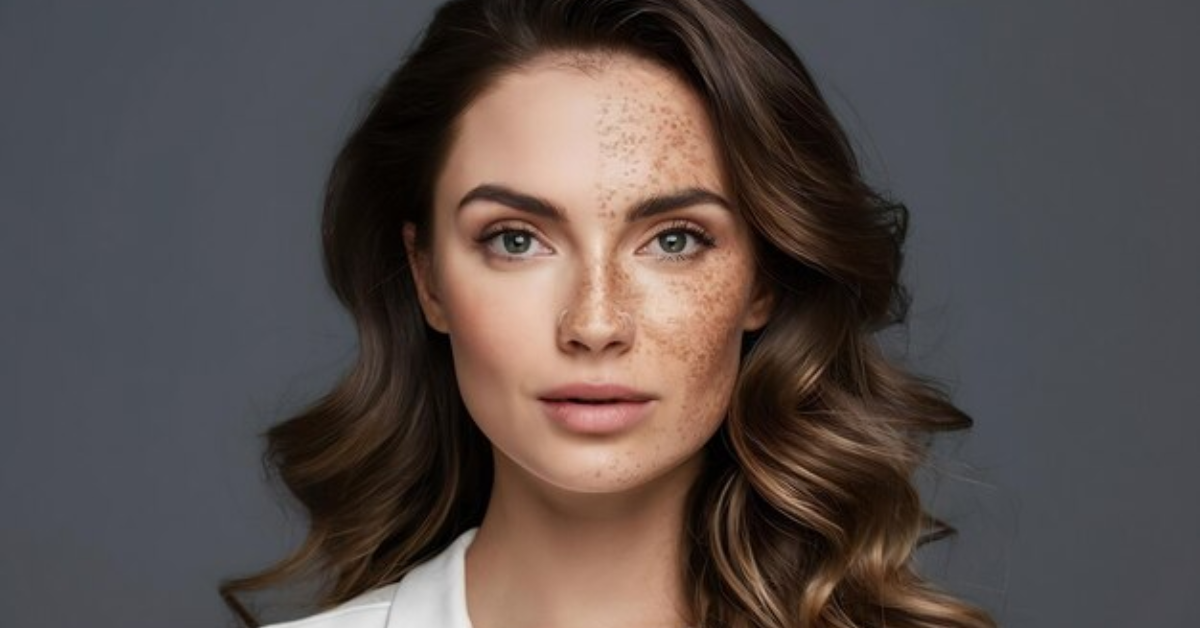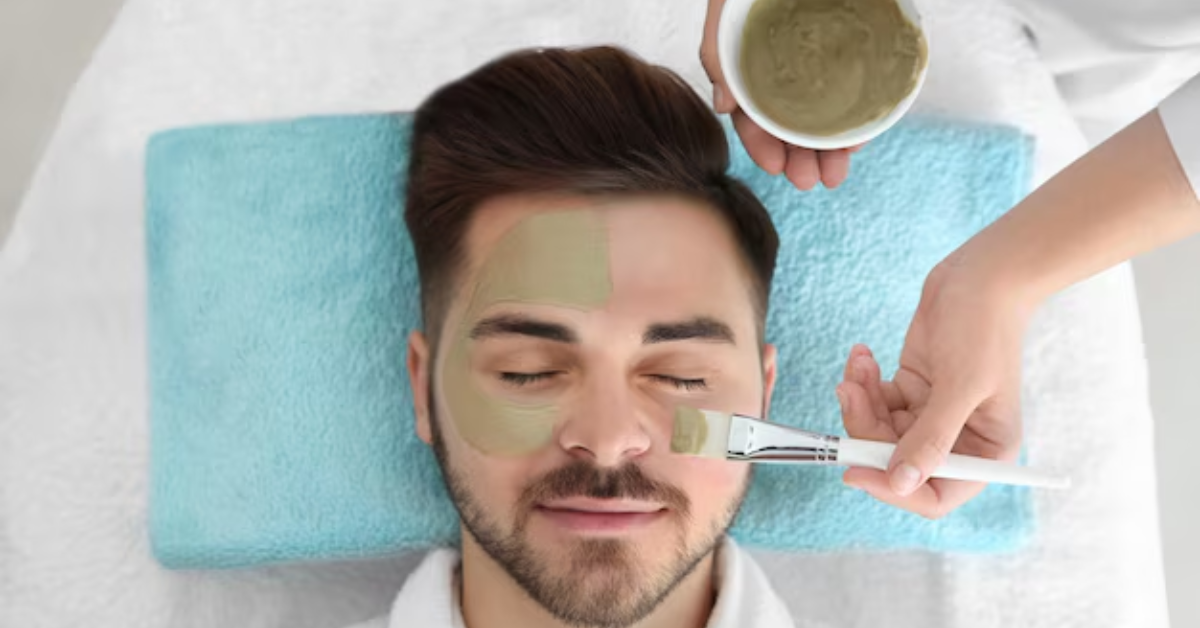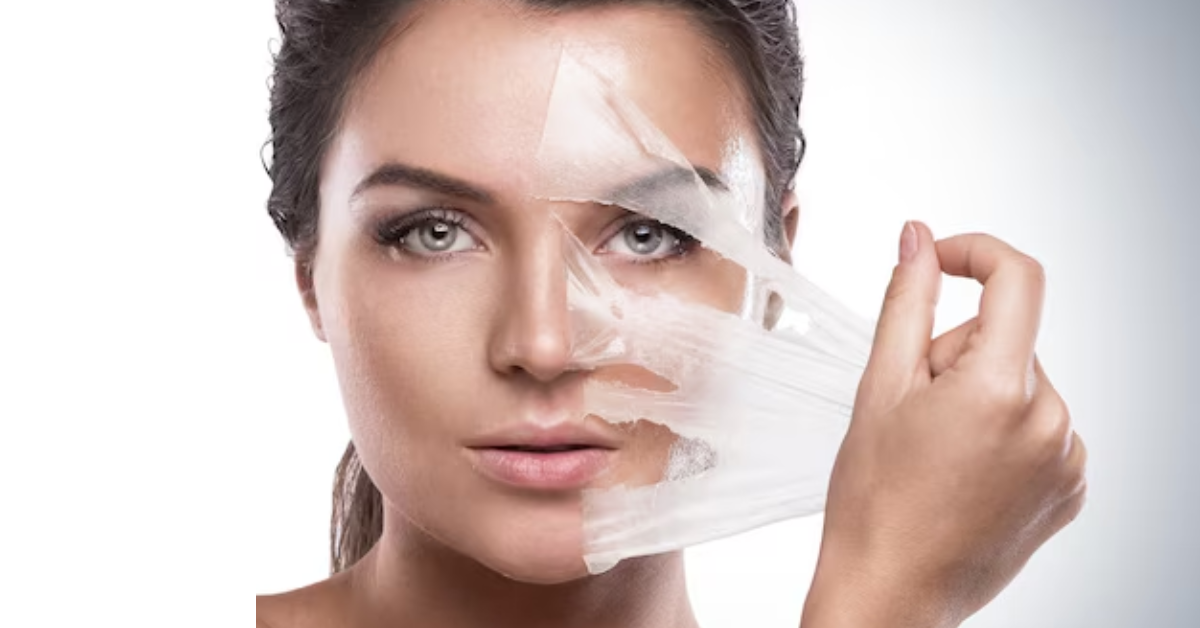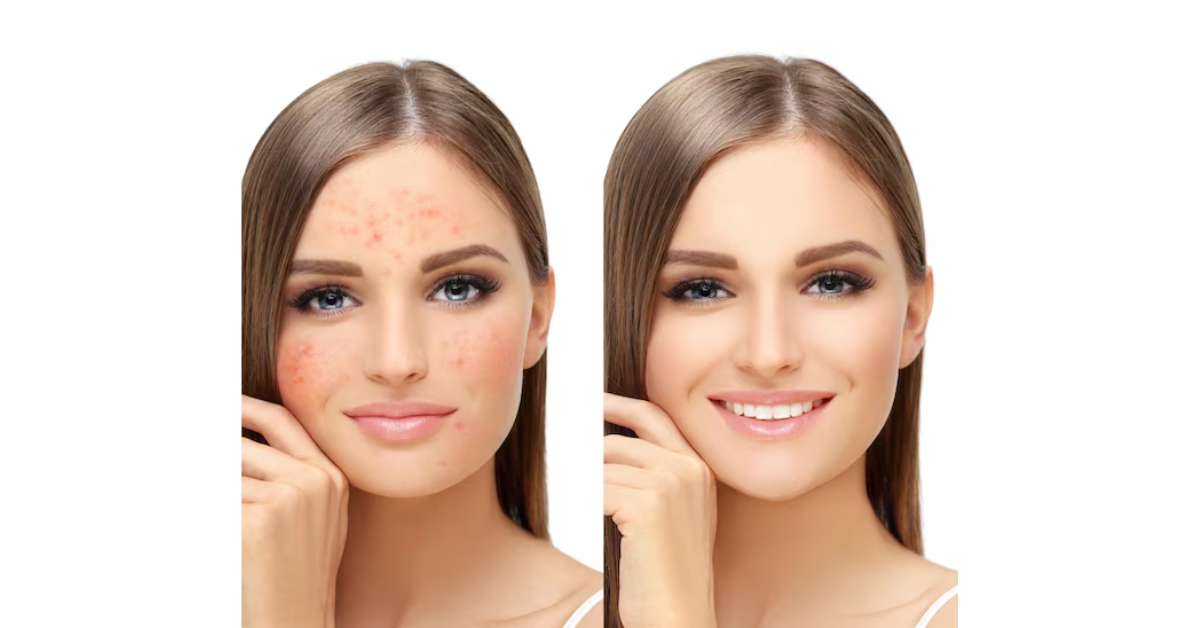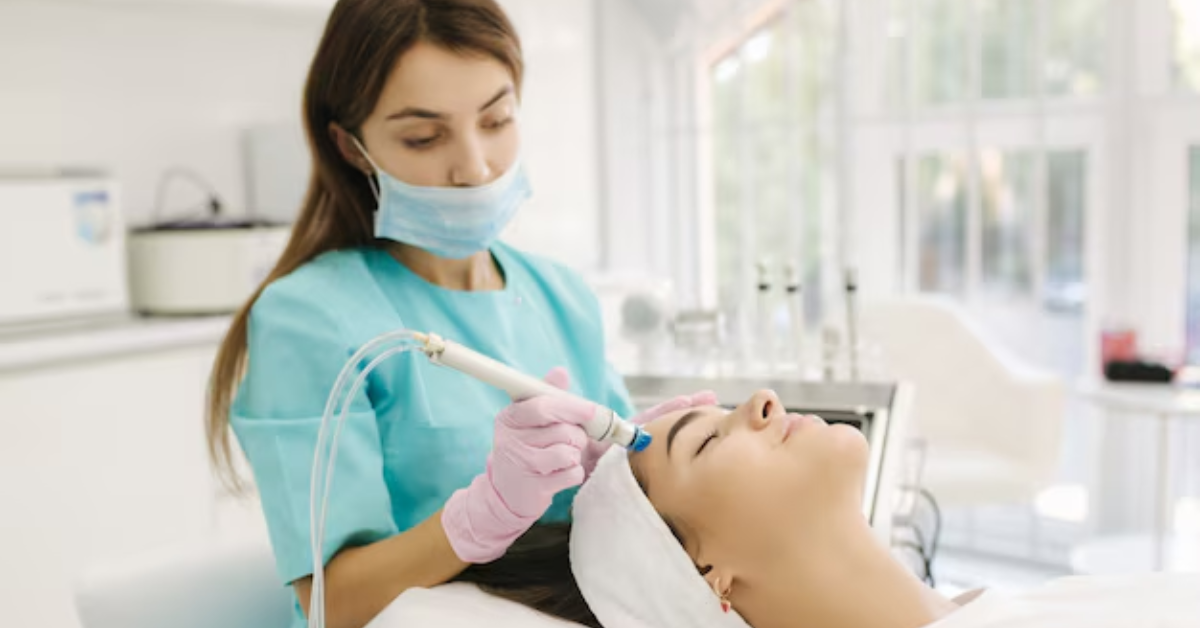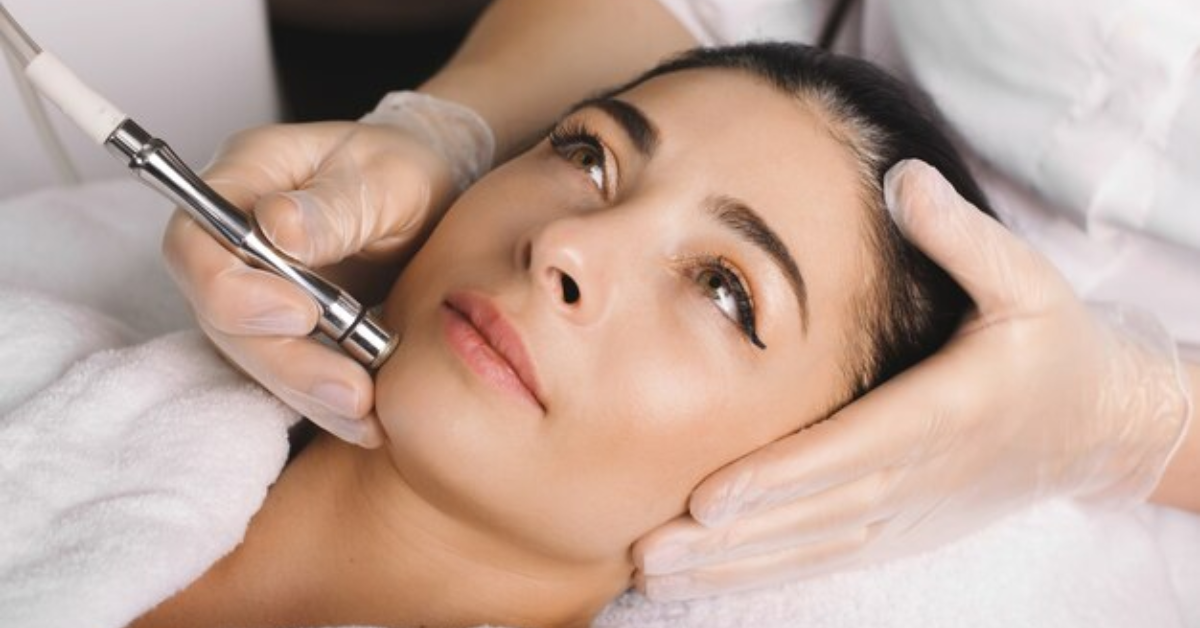How Often Should A Man Get A Facial?
In recent years, there has been a noticeable shift in attitudes towards skincare among men, with more and more men recognizing the importance of taking care of their skin. One aspect of skincare that has gained popularity among men is facials. But what exactly are facials for men, and how often should they be getting them?
Facials for men are professional skincare treatments designed specifically to address the unique needs and concerns of men's skin. These treatments typically involve a series of steps, including cleansing, exfoliation, extraction, and hydration, tailored to improve skin health and appearance. Unlike traditional notions that facials are solely for women, men's facials are customized to target issues commonly faced by men, such as oiliness, enlarged pores, and razor irritation.
Importance of skincare for men
Skincare is not just about looking good; it's also about maintaining the health and integrity of your skin. Men's skin tends to be thicker and oilier than women's, making it more prone to issues like acne, blackheads, and ingrown hairs. Also, factors like shaving, exposure to environmental pollutants, and sun damage can take a toll on men's skin over time. The use of regular facials can help men address these concerns, promote healthier skin, and achieve a more youthful appearance.
As the societal stigma surrounding male grooming gradually fades away, there's been a noticeable shift in men's attitudes towards skincare and grooming practices. With a growing awareness of the importance of self-care and maintaining a healthy appearance, more
men are embracing facials as an integral part of their grooming routine. However, navigating the world of skincare can be daunting, especially when it comes to determining the ideal frequency for facials. With a myriad of skincare options and varying recommendations, it's easy for men to feel overwhelmed and unsure of how often they should schedule facial appointments.
Frequency of Men's Facials
Determining how often a man should get a facial depends on various factors, including individual skin type, concerns, lifestyle, and budget. While there isn't a one-size-fits-all answer, there are some guidelines to consider when deciding on the optimal frequency:
Skin Type:
- Individuals with oily or acne-prone skin may benefit from more frequent facials, such as once every two to four weeks, to help control excess oil production and prevent breakouts. On the other hand, those with dry or sensitive skin may opt for less frequent treatments, such as once every four to six weeks, to avoid over-exfoliation and irritation.
Skin Concerns:
- The frequency of facials may also depend on specific skin concerns that need to be addressed. For example, individuals dealing with persistent acne, hyperpigmentation, or aging skin may benefit from more frequent treatments to target these concerns effectively.
Lifestyle Factors:
- Lifestyle factors, such as exposure to environmental pollutants, stress levels, and sun exposure, can impact the health and appearance of the skin. Men who lead busy or active lifestyles may find it beneficial to schedule regular facials to counteract the effects of these factors and maintain skin health.
Budget and Time Constraints:
- Budget and time constraints are practical considerations when determining the frequency of facials. While regular facials can be beneficial for skin health, they may not always be feasible for everyone. In such cases, individuals may opt for less frequent treatments or explore alternative skincare routines that fit their budget and schedule.
Benefits of Regular Men's Facials
Regular facials offer a multitude of benefits for men's skin, including:
Improving Skin Health: Facials help to deeply cleanse the skin, removing impurities, dead skin cells, and excess oil that can clog pores and lead to breakouts. By promoting better circulation and cell turnover, facials contribute to healthier, more radiant-looking skin.
Addressing Specific Concerns:
Whether it's acne, blackheads, razor irritation, or signs of aging, regular facials can target specific skin concerns and provide customized solutions. Professional skincare treatments, such as exfoliation, extractions, and specialized masks, help to address these issues effectively, resulting in clearer, smoother, and more youthful-looking skin.
Men can determine the optimal frequency of facials for achieving their skincare goals by considering factors such as their skin type, concerns, lifestyle, and budget. A regular facial can be a valuable addition to any man's skincare routine, whether it's for maintaining overall skin health, addressing specific issues, or indulging in some self-care.
Skin Types and Facial Frequency
Knowing your skin type is crucial to determining how often you should get a facial. Different skin types have varying needs and may require different frequencies of treatment:
Oily Skin:
- Individuals with oily skin tend to produce excess sebum, leading to clogged pores and acne breakouts. For oily skin types, more frequent facials may be beneficial, such as once every two to four weeks, to help regulate oil production, deep clean pores, and prevent breakouts.
Dry Skin:
- Dry skin lacks moisture and often feels tight or flaky. Those with dry skin may benefit from less frequent facials, such as once every four to six weeks, to avoid over-exfoliation and further dehydration. Hydrating facials with gentle exfoliation can help replenish moisture and improve skin texture.
Combination Skin:
- Combination skin has both oily and dry areas, requiring a balanced approach to skincare. Individuals with combination skin may find it beneficial to schedule facials every three to four weeks to address both oily and dry concerns, focusing on balancing oil production while maintaining hydration levels.
Sensitive Skin:
- Sensitive skin is prone to irritation, redness, and inflammation, making it essential to choose gentle, non-irritating facial treatments. For sensitive skin types, less frequent facials, such as once every four to six weeks, can help minimize the risk of adverse reactions while still addressing specific concerns with soothing, hydrating ingredients.
Tailoring Frequency to Individual Skin Concerns
In addition to skin type, individual skin concerns should also be considered when determining facial frequency:
Acne:
Individuals dealing with acne-prone skin may benefit from more frequent facials to help manage breakouts and reduce inflammation. Regular exfoliation and deep cleansing can help prevent pore congestion and promote clearer, healthier-looking skin.
Anti-Aging:
Those seeking anti-aging benefits may opt for regular facials to target fine lines, wrinkles, and loss of elasticity. Treatments such as chemical peels, microdermabrasion, or collagen-stimulating facials can help improve skin tone, texture, and firmness over time.
Hyperpigmentation: Hyperpigmentation concerns, such as dark spots or uneven skin tone, may require targeted treatments like chemical peels or light therapy facials. Consistent exfoliation and the use of brightening ingredients can help fade discoloration and achieve a more even complexion.
Professional Recommendations: Dermatologist and Esthetician Insights
Dermatologists and estheticians play a vital role in providing guidance and recommendations for facial frequency based on individual skin needs. Dermatologists can assess skin conditions and recommend appropriate treatment plans, including the frequency of facials. They may suggest more frequent treatments for certain skin concerns or advise against over-exfoliation for sensitive skin types. Estheticians are skincare experts trained to analyze skin types and recommend personalized treatment protocols. They can provide insights into the optimal frequency of facials based on skin concerns, lifestyle factors, and desired outcomes.
Guidelines for Facial Frequency
While there isn't a one-size-fits-all approach to facial frequency, there are some general guidelines to consider:
- Pay attention to how your skin responds to treatments and adjust the frequency accordingly. If your skin feels dry or irritated after a facial, consider spacing out treatments or opting for gentler options.
- Seek guidance from a dermatologist or esthetician to determine the optimal frequency of facials based on your individual skin type, concerns, and goals.
- Balance regular maintenance facials with more intensive treatments to address specific concerns. Alternating between maintenance facials and targeted treatments can help achieve optimal results while maintaining overall skin health.
By tailoring facial frequency to individual skin types and concerns, and seeking guidance from skincare professionals, men can effectively achieve their skincare goals and maintain healthy, radiant-looking skin.
At-Home vs. Professional Facials
When it comes to skincare, striking a balance between professional treatments and at-home care is key to maintaining healthy, radiant skin:
Professional Facials:
Professional facials, performed by licensed estheticians or dermatologists, offer targeted treatments tailored to individual skin needs. These treatments often utilize specialized equipment and high-potency products to deliver deeper exfoliation, extraction, and hydration, resulting in visible improvements in skin texture and tone.
At-Home Care:
At-home skincare routines play a crucial role in maintaining the results of professional facials and promoting overall skin health. Daily cleansing, moisturizing, and sun protection are essential components of at-home care, helping to remove impurities, replenish moisture, and protect the skin from environmental damage.
Supplementing Professional Facials with DIY Routines
While professional facials provide intensive treatments for specific skin concerns, supplementing them with DIY routines can extend the benefits and enhance results. Consistent at-home skincare routines, including gentle cleansing, exfoliation, and moisturizing, can help maintain the results of professional facials and prolong the effects between treatments. Also, incorporating targeted treatments, such as masks, serums, or spot treatments, into your at-home routine can address specific concerns like acne, hydration, or anti-aging, enhancing the results of professional facials and addressing ongoing skin issues.
Signs That You Need a Facial
Knowing when it's time for a facial involves recognizing common signs and indicators of skin issues that may benefit from professional treatment:
Congested Pores:
If you notice an increase in blackheads, whiteheads, or congestion, it may be a sign that your skin needs a deep cleanse to remove impurities and prevent further breakouts.
Dull, Lackluster Skin:
A dull or lackluster complexion can indicate a buildup of dead skin cells, which can be addressed with exfoliating treatments to reveal brighter, more radiant skin.
Uneven Texture or Tone: Uneven skin texture or tone, characterized by roughness, dry patches, or discoloration, may benefit from professional exfoliation and brightening treatments to improve overall skin appearance.
Increased Sensitivity or Irritation: If your skin is feeling sensitive, irritated, or inflamed, it may be a sign of underlying issues that require professional assessment and treatment.
Post-Facial Care and Maintenance Tips
After your facial appointment, it's essential to follow post-care instructions to maintain the results and promote skin health:
- Resist the urge to touch or pick at your skin after a facial, as this can introduce bacteria and lead to breakouts. Keep your hands off your face and let your skin breathe.
- Continue to drink plenty of water to keep your skin hydrated and flush out toxins. Hydration is key to maintaining that post-facial glow.
- Use a gentle, hydrating moisturizer to keep your skin nourished and balanced. Look for products with soothing ingredients like hyaluronic acid or aloe vera to calm any post-facial redness or irritation.
- Your esthetician may provide specific skincare recommendations based on your skin type and concerns. Follow their advice on products and routines to maintain the results of your facial and address ongoing skincare needs.
After your facial, you can continue to enjoy healthy, glowing skin by following post-care instructions and preparing for your appointment properly.
Conclusion
Finding the optimal frequency for men's facials involves considering individual skin type, concerns, and lifestyle factors. Balancing professional treatments with at-home care, listening to your skin's needs, and seeking guidance from skincare professionals are essential for achieving and maintaining healthy, radiant skin. Whether it's addressing specific concerns or indulging in self-care, regular facials tailored to individual needs can play a vital role in men's skincare routines, promoting overall skin health and confidence.

